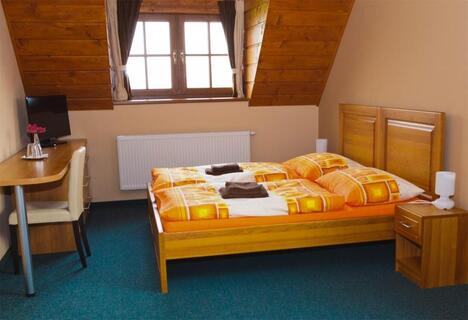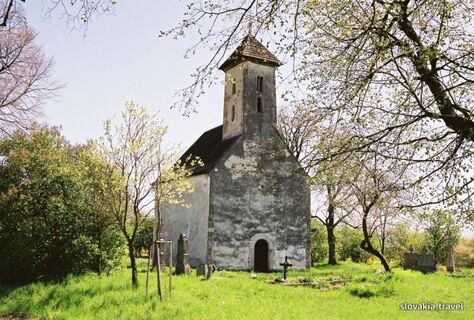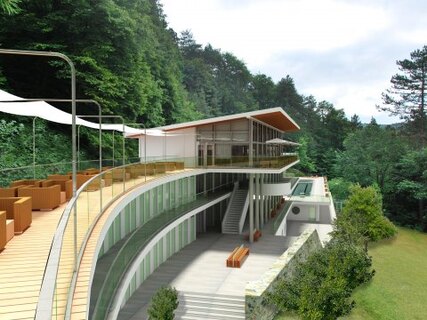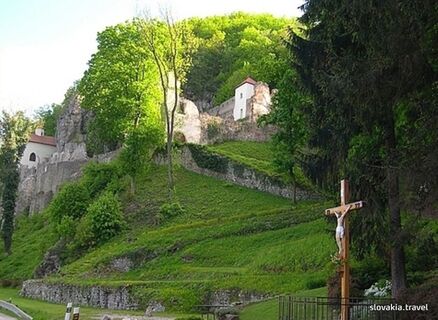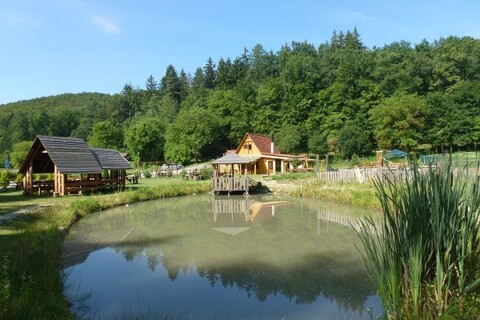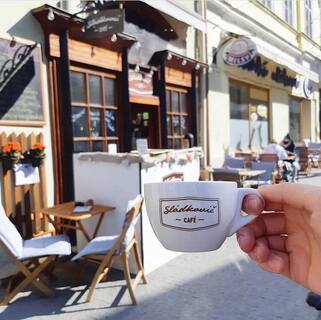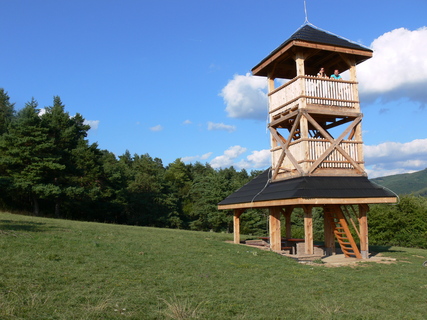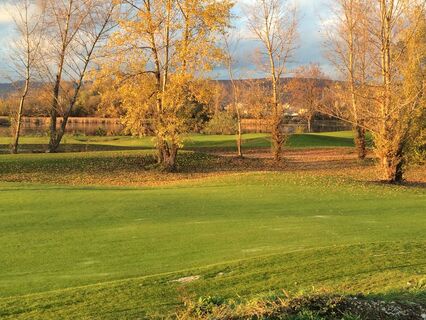It has a central backyard on the terrace, the slope of which was a safety net. Even the entrance to the dockyard in the western wing was fortified with a square tower, and they were not even keystones. The manor also protected the castle ditch with the drawbridge. Juraj Ilešházi focused on the unsuccessful western wing and, upon the arrival of the wave, the baroque Chapel of the Assumption of the Virgin Mary was supplemented by the Rococo Minor. The eastern wing of the manor house from 1801 in the classicist style behind Stefan II., The collection of the collection of paintings and various historical objects. Inside the westerly wing of the manor, they built an oval staircase in the classicist style with the entrance to the park.
In this wing, the Ilešházi inhabitants had their red salon in the ahostown dormitory. The rooms were richly decorated with fireplaces and stones with stone pillars. After the death of Juraj Ilešházi, the heir of the estate became his adjective son Mikuláš, who realized the general reconstruction of the manor house to the present day. The ozdobeareál was an extensive French, later English park. In the middle of the 18th century, the owners established a unique orangery with thermophilic subtropical plants, which they produced until the demise in 1937. Interestingly, the park also features a remarkable stone maze reminiscent of the natural cave - the grotto, the head of a wooden wooden viewing tower. They called it Babylon and many reminders over the valley.





